Tustan Fortress: a unique archaeological monument, administrative centre, customs office and defence facility
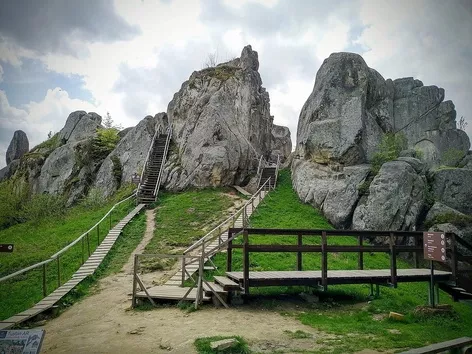
Dozens of ruined castles have remained on the territory of Ukraine since the last century. The majestic ruins remember history and receive thousands of visitors every year. Tustan is not the only fortress, but it is one of the most famous. It has picturesque Beskydy Mountains, petroglyphs on the walls, the remains of a customs road, and much more. Find out what Tustan is known for and how it lives, what excursions it invites visitors to take, and which routes are best for drivers and those travelling by public transport
What do we know about the Tustan fortress?
History of the fortress on the salt route
Tustan existed as a customs office, as an administrative centre, as a military fortification, and as an estate of Polish magnates until the 16th century:
- economic - Central European countries are developing their own salt deposits, so the trade flow is decreasing;
- political - the destabilisation of the situation between Poland and Hungary caused the borders to shift eastwards, so Tustan was no longer a military fortress;
What can you see in Tustan?
Tour of the Tustan cliffs
The Tustan fortress has a unique architectural design: the rocks were used as walls, and all the necessary elements were completed with wood. So Tustan is an example of an extraordinary architectural combination.
The route involves climbing around the rocks to the cubicle, from where you can see the Skole Beskydy and the surrounding villages in the valleys. All the ruins of the former fortress are fully visible from here. And you can see how it looked in its heyday on a 3D model based on Mykhailo Rozhko's graphic model (created during the expeditions of 1971-2004).
During the tour, you can see petroglyphs with your own eyes, including carvings of a wolf chasing a moose, a horse, a moose, axes and crosses. The petroglyphs are located on the northeastern side of the Gulka rock in the Pishchyna ur.
Opening hours:
- November - March: from 9:30 to 17:00;
Ticket price:
- for an adult - 150 UAH;
Free admission:
- for children of preschool age;
- for children from orphanages and boarding schools;
- for disabled people of groups I and II;
- for people with childhood disabilities;
- for participants and veterans of the Second World War;
- for participants of the anti-terrorist operation;
- for participants of the Joint Forces Operation (JFO);
- for museum workers who carry out inspections according to international categories;
- for participants in the liquidation of the consequences of the Chornobyl nuclear power plant (group I);
Visit to the Tustan Museum
The House in Gluboky
What festivals does Tustan offer to tourists?
We offer you the following:
- The Tustan Ukrainian Medieval Culture Camp, which takes place for 3 days every August;
How to get to Tustan?
Photo: Tustan
Route from Lviv to Tustan
By car: the road from Lviv to Urych is 100 km, if you go through Skhidnytsia - 110 km.
The route from Kyiv to Tustan
By car: the route is 118 km along the Kyiv - Chop highway (after the village of Verkhnye Syniovydne or after the village of Dubyna, turn right to Urych)
To make your trip comfortable and leave an incredible impression, entrust its organisation to specialists. Visit Ukraine specialists will help you organise transfers, book tickets and accommodation, arrange medical insurance, and provide guide support. Contact us on Telegram or WhatsApp.
We recommend purchasing it for a safe and comfortable trip to Ukraine:
Visit Ukraine Tours – the largest online database of tours to Ukraine for every taste;
Visit Ukraine Hotels – hotels for a comfortable stay in Ukraine;
Visit Ukraine Merch – patriotic clothing and accessories with worldwide delivery.
© 2018-2024, Visit Ukraine. Use, copying or reprinting of materials on this site is permitted only with a link (hyperlink for online publications) to Visit Ukraine.
All rights reserved.
Häufig
gestellte Fragen
What is Tustan Fortress famous for?
Where does the name of the Tustan fortress come from?
Where is the Tustan fortress in Ukraine?
Why does Tustan have the status of an archaeological site of national importance?
When was Tustan first mentioned in chronicles?
Recommended articles
3 min
Ukraine erkunden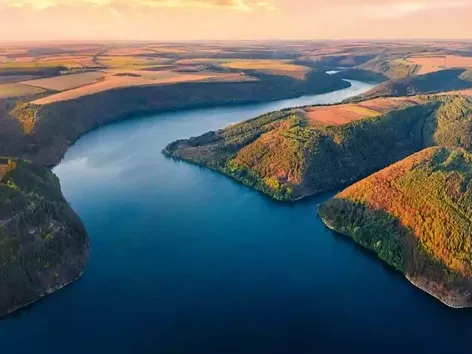
Incredible Bakota: what is this place, what can you see there and how to get there?
The fascinating and unusual Bakot Bay attracts thousands of tourists every year - not only from Ukraine but also from all over the world. It is unique - as a tourist, hydrological and geographical site. Find out what is the history of the ancient city, how it ‘lives’ now, what you can see there and how you can get there
26 Sep. 2024
More details3 min
Ukraine erkunden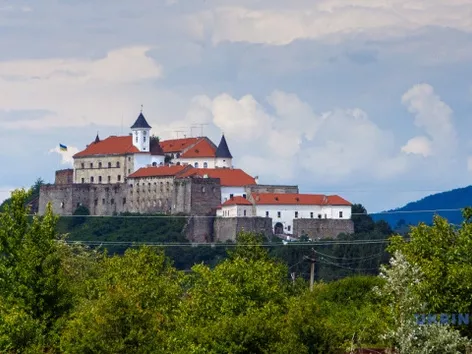
Mukachevo Palanok Castle: a mighty giant of Transcarpathia
Western Ukraine is famous for its fortifications. Dozens of castles, both working and ruined, attract tourists from all over the world. Interesting architecture, spooky legends, and historical secrets are all about them. The most famous in Zakarpattia is Mukachevo Castle, also known as Palanok Castle. Find out about its history, interesting places, legends and secrets in the material by Visit Ukraine
01 Okt. 2024
More details4 min
Ukraine erkunden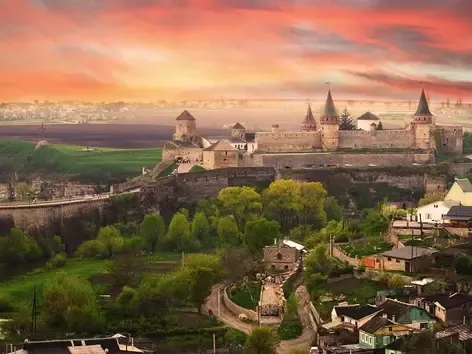
Is Ukraine a tourist pearl of Europe? Why everyone should come here at least once in their life
Ukraine is a big, spacious, indomitable, beautiful and simply the best country in the heart of Europe. It is known for its historical heritage and history, which is being created before our eyes; for its unrivaled natural landscapes and unique tourist opportunities that no other country can offer. In times of war, this country is becoming interesting to even more travelers who want to experience something new, real, important and heartfelt while traveling. Find out why Ukraine has every chance to become a tourist leader in Europe and why you should visit it right now
03 Okt. 2024
More details3 min
Ukraine erkunden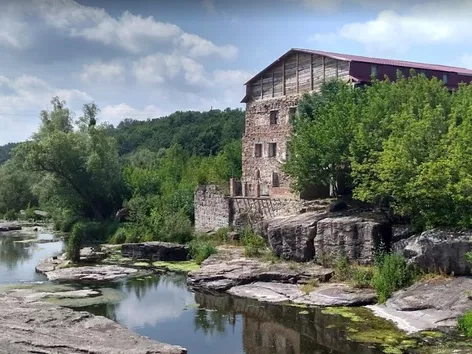
Ukrainian Switzerland: what is impressive about the Butsky Canyon?
Buky Canyon is deservedly called the Ukrainian Switzerland. High rocks, more than 2 billion years old, form a picturesque place that attracts tourists from Ukraine and the world. Find out why Buky are interesting for tourists, what you can see and taste here, how to get there and what interesting facts you should know
06 Okt. 2024
More details

